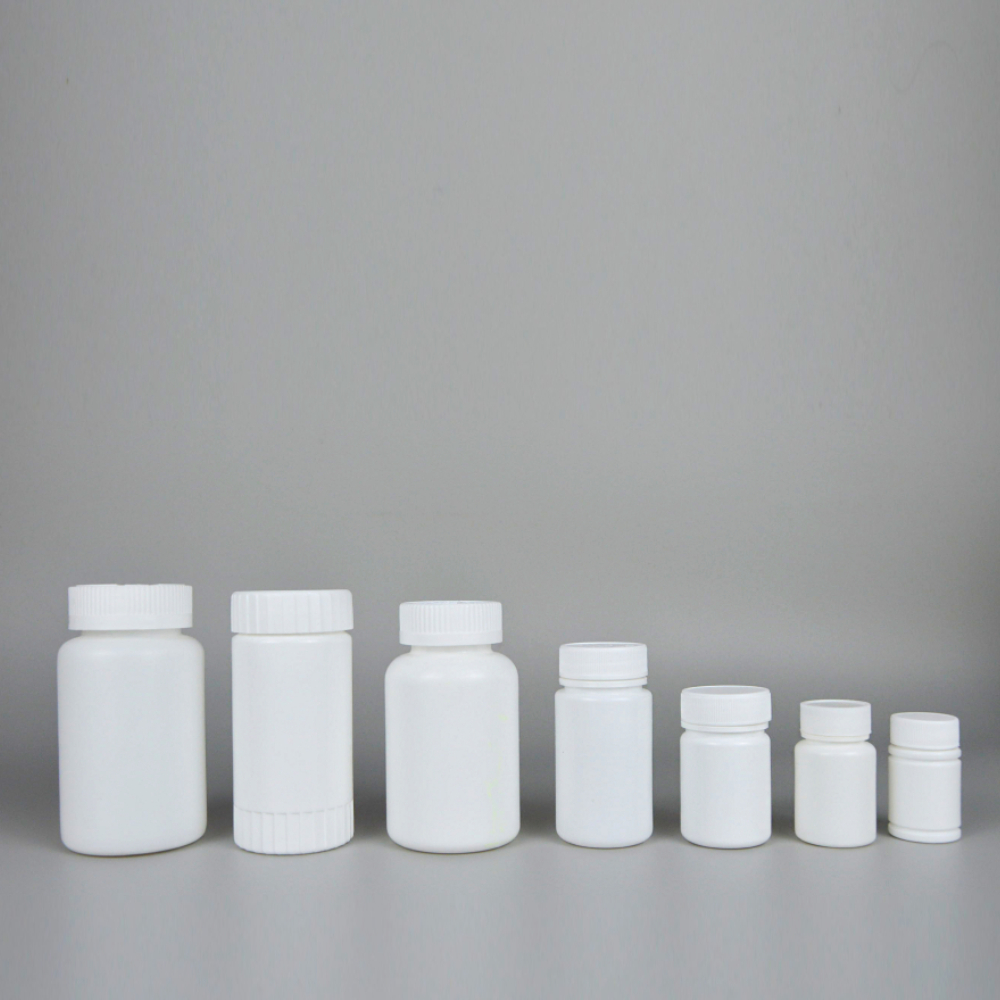reagent bottle uses
The Versatile Uses of Reagent Bottles
Reagent bottles, often overlooked in the grand scheme of laboratory equipment, play a crucial role in the fields of chemistry, biology, and various other scientific disciplines. Their primary function is to store and dispense liquid reagents, but their versatility extends far beyond this basic purpose. In this article, we will explore the various uses of reagent bottles and how they contribute to scientific research and experimentation.
1. Storage of Chemicals
One of the primary uses of reagent bottles is the storage of chemicals. They are designed to safely contain a wide range of substances, from solvents and acids to biological samples. Their construction usually involves materials such as glass or high-density polyethylene (HDPE), which offer resistance to a variety of chemicals. Additionally, these bottles often come with secure, airtight lids to prevent contamination and evaporation, preserving the integrity of the substances within.
2. Reproducibility in Experiments
Reagent bottles play a vital role in ensuring reproducibility in scientific experiments. When conducting experiments, it is critical to use chemicals that are consistent in composition. Reagent bottles allow researchers to label their substances clearly, including details like concentration, expiration date, and date of preparation. This labeling system not only aids in tracking the longevity and quality of the reagents but also facilitates replication of experiments by other scientists.
3. Sample Preparation and Dilution
In many scientific procedures, it is necessary to prepare solutions of specific concentrations. Reagent bottles are ideal for mixing and diluting chemical solutions. Scientists can measure out precise volumes using graduated cylinders or pipettes and transfer them into reagent bottles for mixing. The wide mouth of many reagent bottles makes it easy to add solids or liquids, and the stability of the bottles allows for thorough mixing either by hand or with the use of magnetic stirrers.
4. Field Sampling
reagent bottle uses

The uses of reagent bottles extend beyond the laboratory. Scientists often require field samples from various environments – whether from soil, water, or air. Reagent bottles, especially those designed for fieldwork, are robust and portable, allowing for safe transportation of samples back to the lab for analysis. Their design minimizes contamination, ensuring that the samples remain representative of their original environment.
5. Education and Training
In educational settings, reagent bottles are indispensable tools. They are used in classrooms and laboratories to teach students about chemical properties, reactions, and laboratory safety. Students learn to handle chemical substances responsibly and understand the importance of precise measurement and labeling. By providing hands-on experience with reagent bottles, educators can foster essential skills in future scientists.
6. Specialized Applications
Reagent bottles are not one-size-fits-all; they come in various shapes and sizes, with specialized designs for specific applications. Some have features like dropper tips for precise dispensing of small volumes, while others may have built-in pour spouts for easy transfer without spills. Additionally, certain reagent bottles are designed for high-pressure applications or extreme temperatures, catering to the needs of specialized research fields such as pharmacology and environmental science.
7. Long-Term Storage and Stability Testing
In pharmaceutical and biochemical research, long-term stability testing of compounds is necessary to understand their shelf life and effectiveness over time. Reagent bottles are often used in these studies to store samples under controlled conditions. By monitoring the stored substances over days, months, or even years, scientists can determine how various factors, such as light, temperature, and humidity, affect the stability of the chemicals.
Conclusion
Reagent bottles are indispensable tools in scientific research and education, functioning far beyond their primary purpose of storing chemicals. They enhance reproducibility, facilitate sample preparation, and support fieldwork, among other vital applications. Understanding the various uses of reagent bottles underscores their importance in the scientific community, offering a reminder that even the simplest tools can have a profound impact on the advancement of knowledge and innovation.
-
Aesthetic Makeup Spray Bottles | Fine Mist Empty RefillableNewsAug.19,2025
-
White Plastic Veterinary Vaccine Vials | Lab Liquid BottlesNewsAug.18,2025
-
Plastic Medicine Liquid Bottle: Secure Flip Top Drug VialsNewsAug.17,2025
-
Durable 250ml Blue Plastic Vaccine Vial for Lab & Vet UseNewsAug.16,2025
-
Sterile Virus Sample Tubes: Secure & Reliable Specimen CollectionNewsAug.15,2025
-
White 250ml Plastic Vaccine Vial for Lab & Vet MedicineNewsAug.14,2025
























